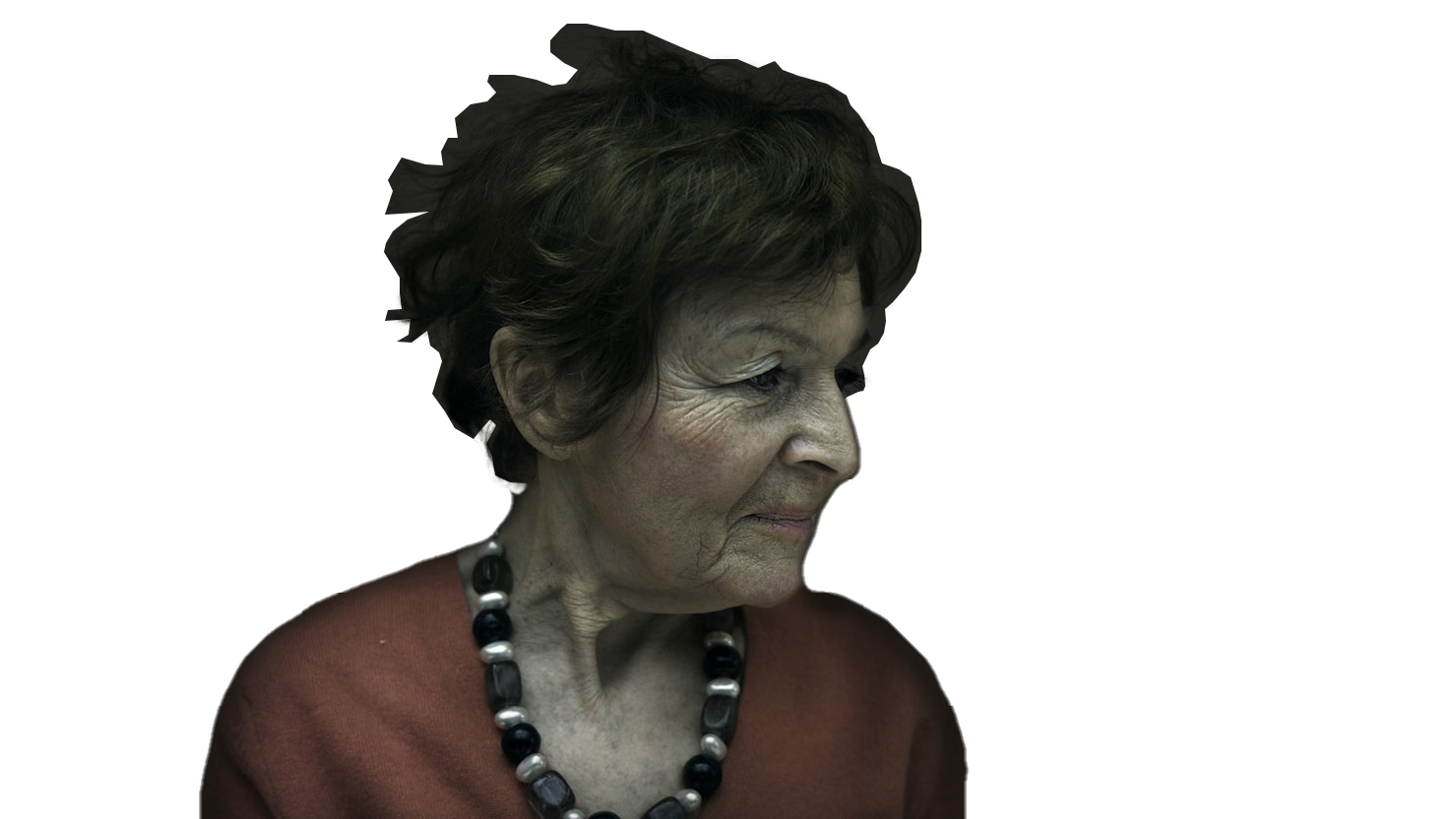

Edek

Music + Sound Design
Orginally this project was a straight interview with Janine. I started scoring it in a traditional manner, until Malcolm the director urged me to ignore the image and write a track using Janine's words in an unexpected style. We chose hip hop.
So I turrned off the edit temporarily and got to work. I started cutting up the interview dialogue and pulling it around to fit the rhythm without breaking Janine's flow and distracting the viewer - you don't want the music to take centre stage, it's role was more to supercharge the words and get them to hit more potently. Rhythm was key and it took a while to find the right pacing and tempo.
As a film whose purpose was to connect older and younger generations, the idea of bringing in different ages, backgrounds, religions, cultures and styles felt like the right approach because it could enhance the story and make it more memorable and universal. The message after all is one that is as relevant now as it was then.
Rhythm and flow have always fascinated me. Having worked with Kapoo for years with the Bone Idols, I knew he would be able to bring a sensitivity to the project while his Connecticut and London roots gave his input credibility and authenticity.
Given the need to connect across generations and Janine's words, the concept of being chased kept coming back to me. It's a feeling everyone can relate to from when they were children - a panic that is visceral, close and relatable.
And so it begins the soundtrack - before you understand what it is about - the chase scene with Kapoo serves as a gateway into Janine's experience. It also serves to involve Kapoo more in the narrative rather than having him only appear as a 'guest'.
Sound design plays a central role - a dog growl over an innocent girl at 0:25 serves to say : you may not think of yourself as a violent person but we can all be led to extremes if we allow ourselves to be.
Throughout the piece there are percussive interruptions and accents - muffled under the wardrobe, mechanical voices when people cease to think of humanity, shots, scuffles, dust, air, sparks, all taken from Janine's narrative and wider symbolism.
Janine Webber was born in 1932 and lived in Lwów, then Poland, with her family. Lwów had a large Jewish community which diminished under Nazi occupation. Having been separated from each other, elements of Janine's family fled Nazi persecution and went into hiding with several families during the Holocaust. Many members of Janine's family were murdered at the hands of the Nazis.
Janine came over to England in 1956 where she settled. She speaks regularly at the National Holocaust Centre and Museum.
In addition to the film being an Official Selection for over 20 film festivals in 2019/2020, including winning two Audience Awards, three Awards of Excellence, one Best Experimental and two Best Short Doc nominations, 'Edek' is also being shown in schools.
More information here.